We may earn money or products from the companies mentioned in this post. This means if you click on the link and purchase the item, I will receive a small commission at no extra cost to you ... you're just helping re-supply our family's travel fund.
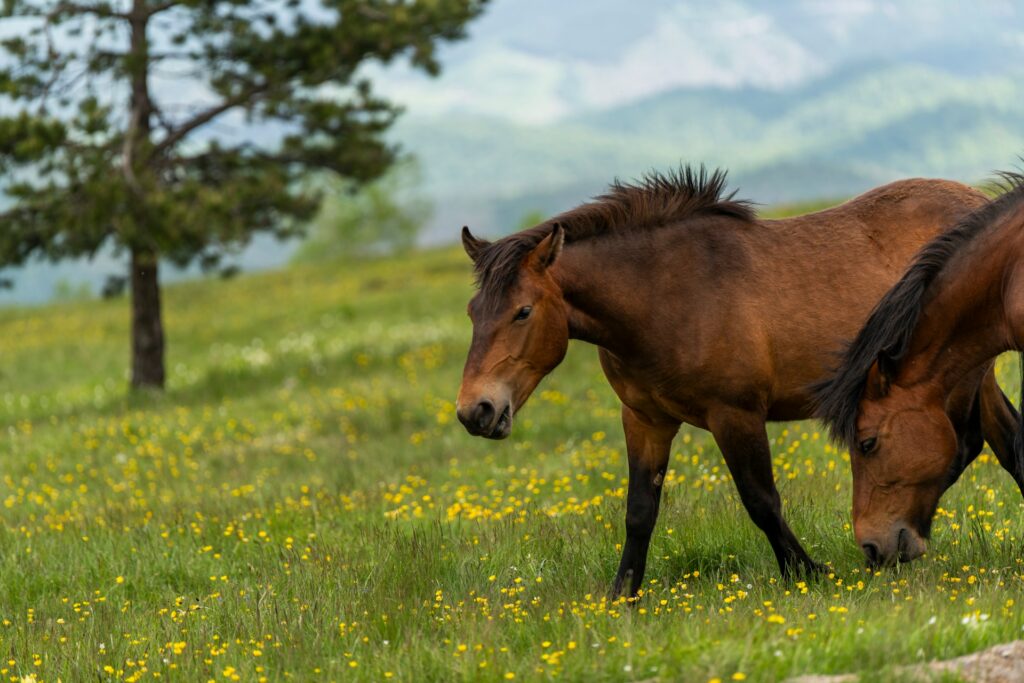
Wild horses are more than just symbols of freedom—they’re living relics of America’s frontier past. In the southern United States, a few rare herds still roam freely across islands, coastlines, and protected lands. These places offer a chance to glimpse wild equines in their natural habitat, often against backdrops of windswept dunes, salt marshes, and forested trails. Here are nine awe-inspiring places where the untamed spirit of the wild horse still runs strong.
1. Assateague Island, Maryland–Virginia Border
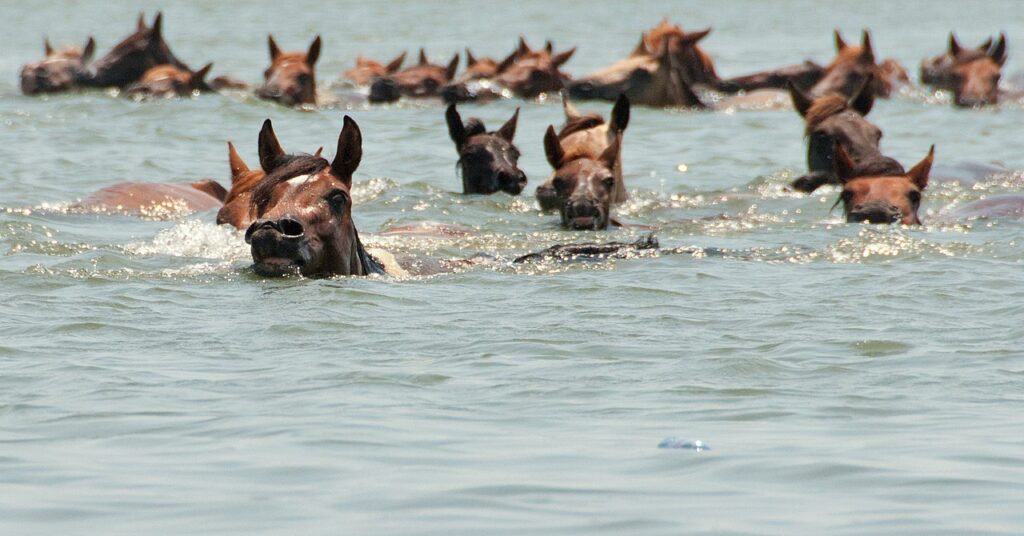
Though more Mid-Atlantic than Deep South, Assateague Island edges into southern charm with its beachy wild herds. The famed Chincoteague ponies live on the Virginia side of the island and are separated by a fence from their Maryland cousins. They graze among dunes, wade through marshes, and often appear near visitors—though tourists are warned to keep a safe distance from these rugged survivors.
2. Cumberland Island, Georgia
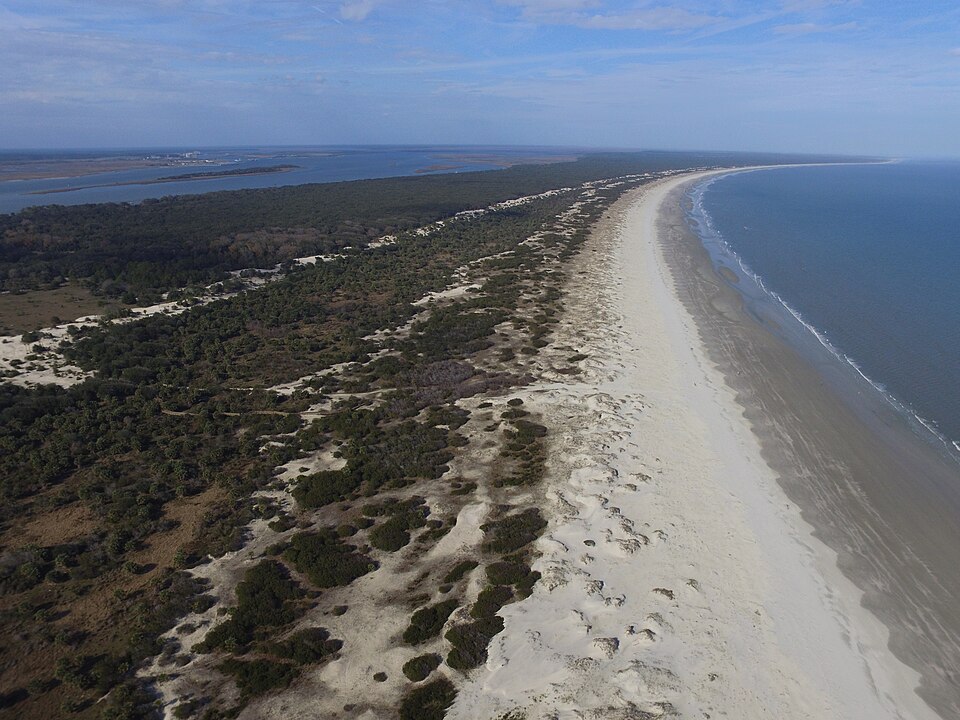
Georgia’s largest and southernmost barrier island is a sanctuary for wild horses. These feral animals roam its maritime forests and abandoned plantation grounds. Completely unmanaged, the horses survive off native vegetation and often wander past ruins, creating surreal, dreamlike photo opportunities. Access is by ferry only, which limits visitors and helps preserve the island’s pristine condition.
3. Shackleford Banks, North Carolina
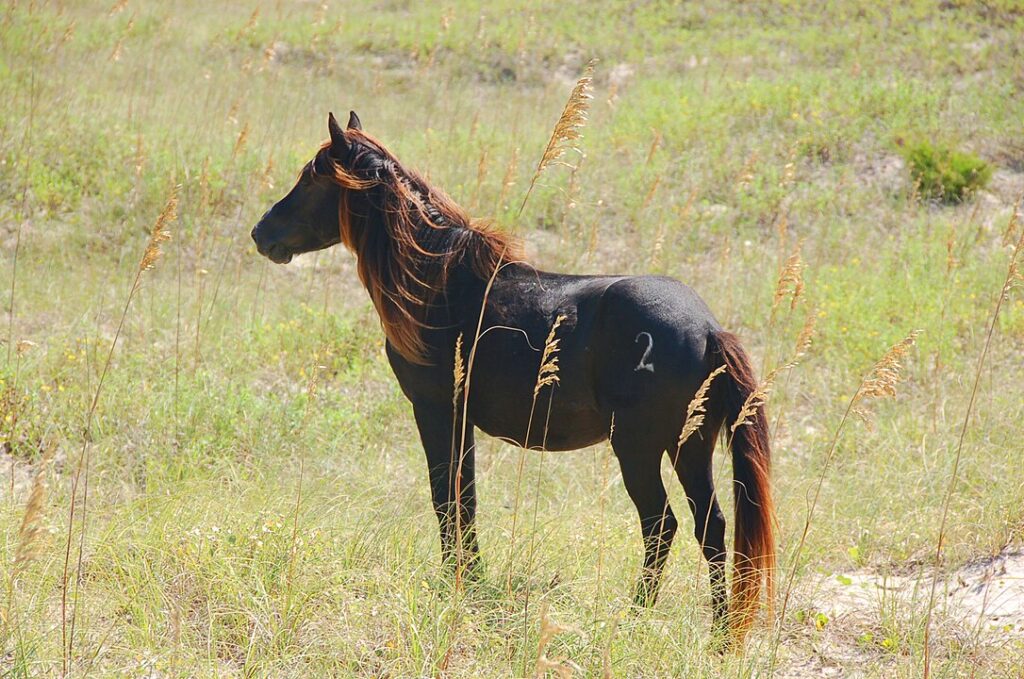
Part of the Cape Lookout National Seashore, Shackleford Banks is home to a herd of wild horses believed to descend from Spanish mustangs. The island is only accessible by boat and has no roads, restaurants, or facilities. These horses are known for their stocky build and resilience, adapted to life on a salt-swept barrier island. Observers often spot them near dunes and along the shoreline.
4. Corolla, North Carolina (Outer Banks)
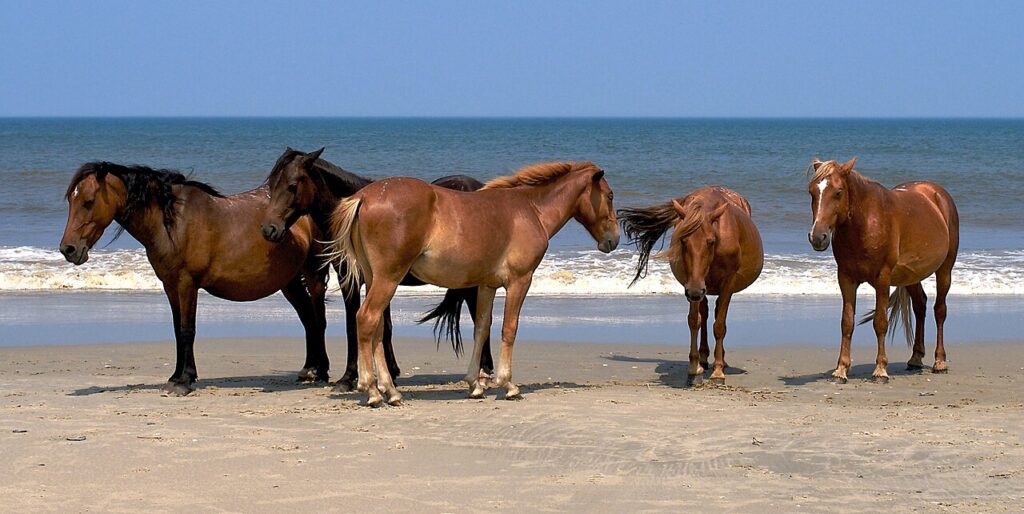
The northern Outer Banks of North Carolina host a free-roaming herd of Colonial Spanish mustangs. The horses navigate the sandy terrain among beach houses and dunes. Local ordinances prevent tourists from feeding or approaching them, but guided tours by 4×4 are available. These horses are remarkably photogenic, often seen walking along the ocean at sunset.
5. Ocala National Forest, Florida

Florida may be best known for beaches and theme parks, but Ocala National Forest hides small bands of wild horses. These feral equines likely descended from livestock that escaped or were released during the 1800s. They move among pine scrub, springs, and palmetto groves. Though more elusive than coastal horses, those who hike or ride through the forest might be lucky enough to spot them.
6. Big Bend Ranch State Park, Texas
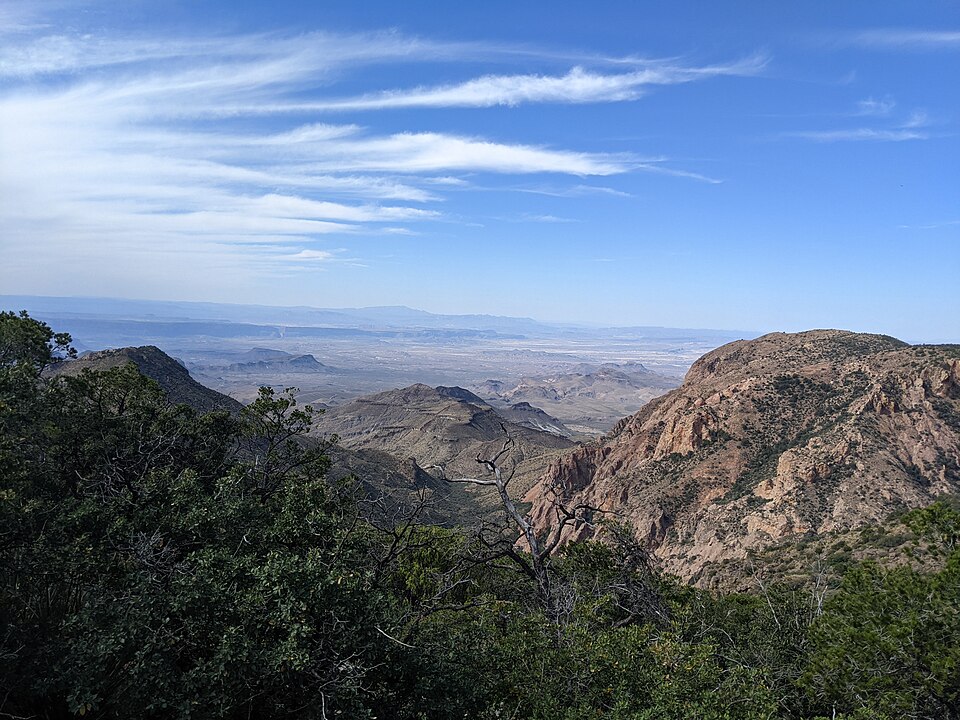
In far West Texas near the Rio Grande, Big Bend Ranch State Park harbors semi-wild horses that blend into the desert landscape. The terrain is rugged, dry, and dramatic—perfect for a hardy band of mustangs. While not as easy to see as on the coasts, the isolation enhances the reward when a group appears among the cliffs and cacti.
7. Bankhead National Forest, Alabama
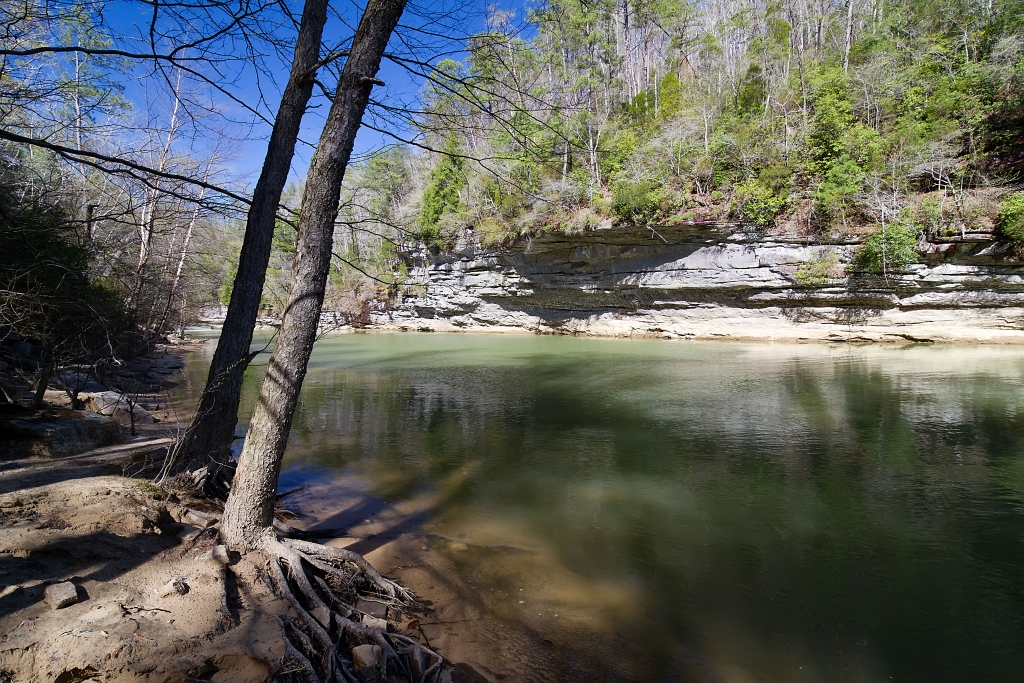
Nestled in the northwest corner of Alabama, Bankhead is a wilderness of waterfalls, sandstone cliffs, and old-growth forests. Scattered reports tell of small groups of feral horses, believed to be escapees from long-abandoned farms or homesteads. They’re rare and shy, but signs of hoof prints and trails persist, making the mystery part of the allure.
8. Fort Polk and Kisatchie National Forest, Louisiana
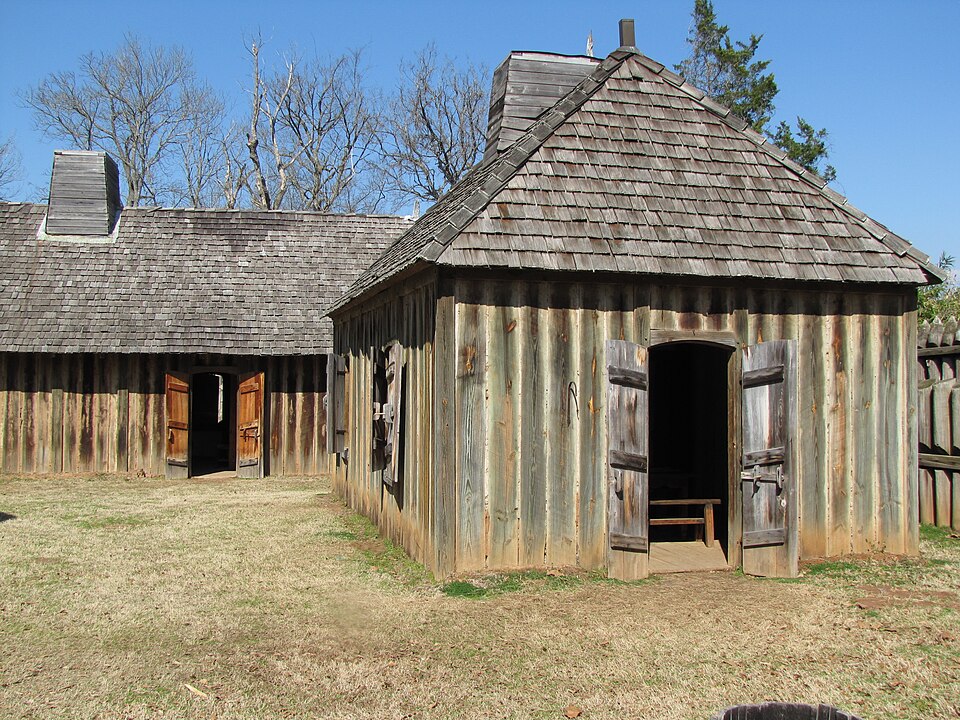
While wild horses aren’t officially recognized in Louisiana, the land surrounding Fort Polk and parts of the Kisatchie National Forest have long had semi-feral populations. These horses live in a gray zone—sometimes managed, sometimes ignored—but are occasionally seen grazing in open pine woods or darting across military training zones.
9. Ocracoke Island, North Carolina
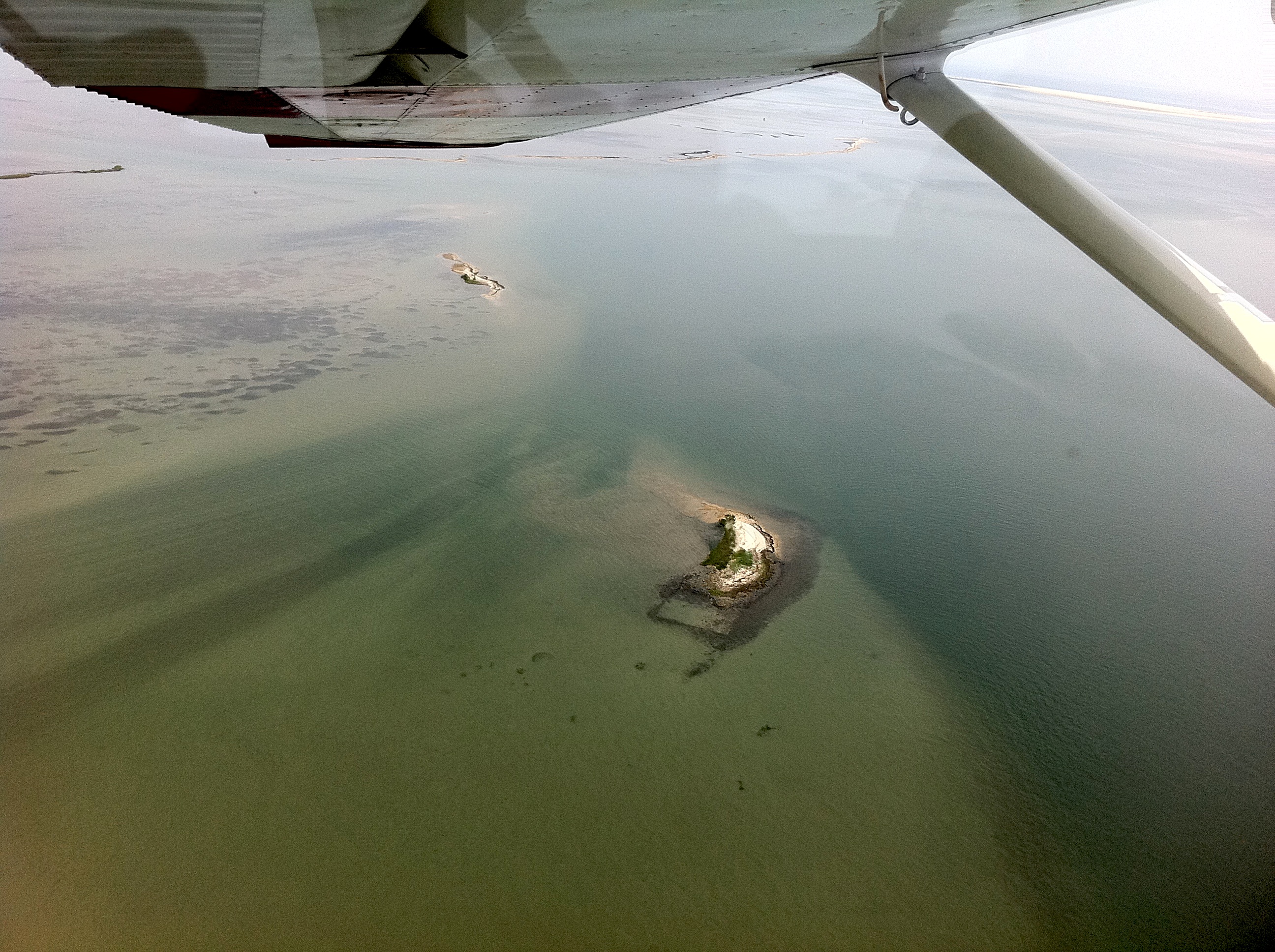
Another Outer Banks gem, Ocracoke Island is home to a protected herd that lives in a fenced-off area but retains wild lineage. Believed to descend from Spanish shipwrecks, these horses are managed by the National Park Service. While not truly wild anymore, their presence adds a mythical element to the island’s windswept beaches and remote charm.